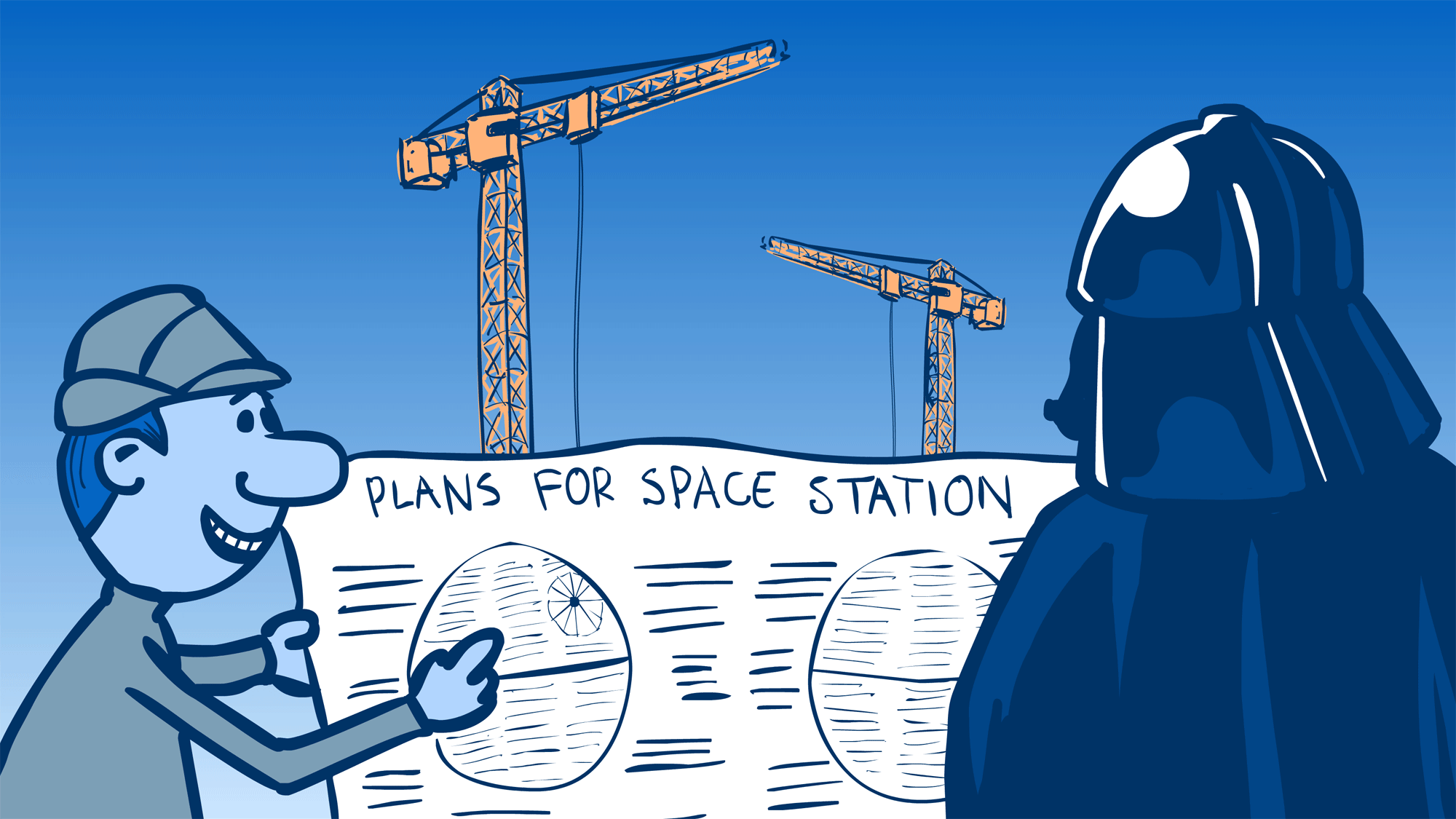Project Planning
Failing to prepare is preparing to fail...

Projects are carried out to meet some kind of objective — completing essays, surveys, assessments, technical reports, or working out how to organise or deploy resources are all best seen as projects. At the end of any of these projects something useful should emerge.
Projects generally have to be delivered on time to be of use. Essays are certainly time-dependent — if they are late they may be rejected and not marked. Likewise, company projects usually have to be delivered by a certain date and time because they may affect management decisions, and delays may mean the work is no longer of value.
All projects entail activities, resources and effort. If a project fails to meet its objectives or is not delivered on time, then the activity, resources and effort will all have been wasted.
Projects outcomes may be disappointing if they fail to meet their objectives. This is likely to occur if:
- The project is over ambitious and promises more than can be accomplished.
- The timeframe is too short for it to be completed properly, causing over-run or an unsatisfactory outcome.
- Resourcing is inadequate to complete the various aspects of the work properly.
- No project milestones were identified at the start, so progress could not be monitored and managed. In particular, problems won't be identified early enough in order to take remedial action.
- People involved in the project fail to deliver what they were required to deliver.
The main reason problems like these occur is that insufficient care was devoted to planning the project in the first place. All projects need planning.
Planning leads to clearer understanding of resourcing needs, it identifies critical milestones to enable effective project management and, in some cases, enables an early opportunity to negotiate for further appropriate resources. If appropriate resources cannot be agreed, it may be possible to revise targets.
There are several useful and reasonably straightforward planning tools that can be used to plan projects and then to monitor progress. These can be used for all projects, from student essays through to more substantial projects, including those carried out in companies. Here are five of the most useful.
Task analysis, flowcharts, timelines and Gantt charts all address similar things — what is done, when it is done, which activities and goals are critical to later activities and goals, and how these activities may be constrained by workload, especially other things that people are obliged to do. Therefore, you won't necessarily need to use all of these planning tools, but have a play and see which methods suit you best.
Check out the video below for some kwik tips on how to put these planning tools into practice.
Pin It on Pinterest